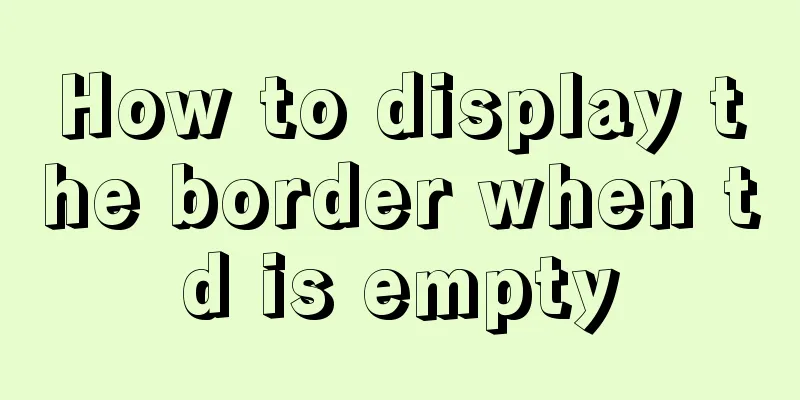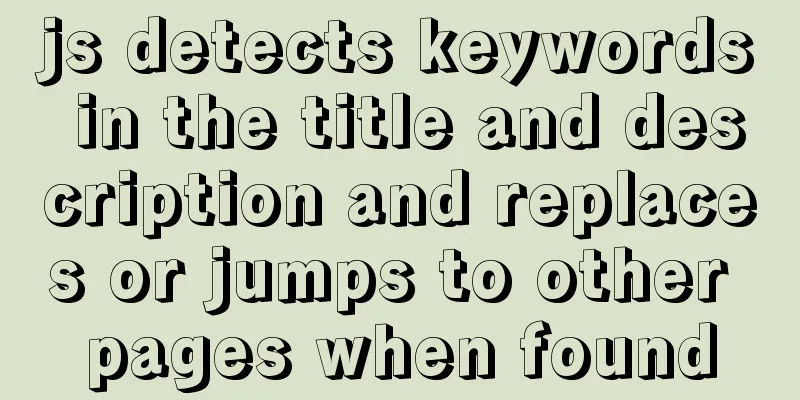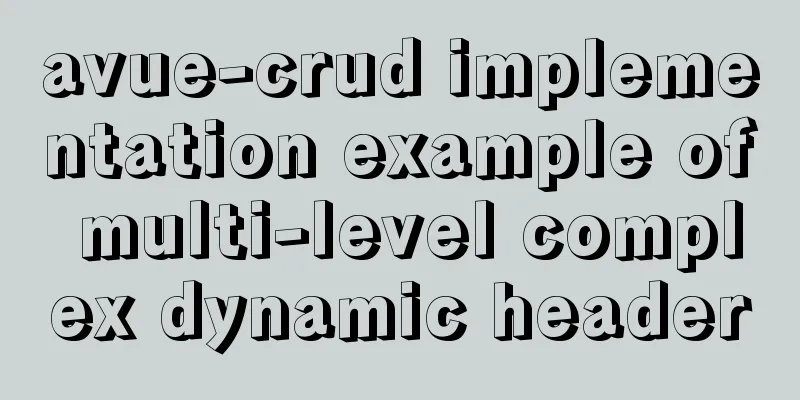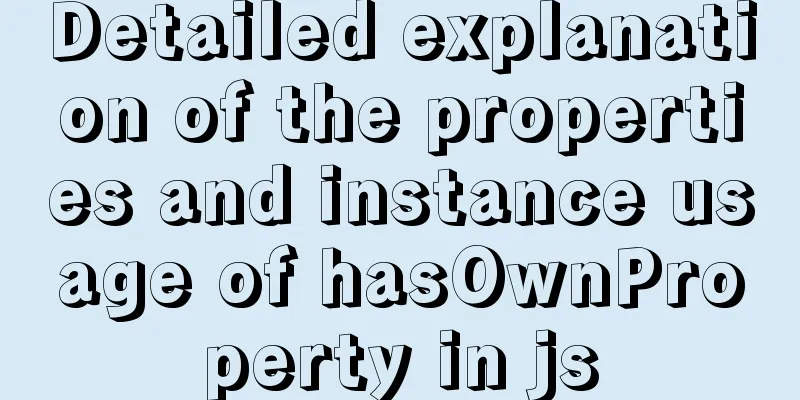Will CSS3 really replace SCSS?
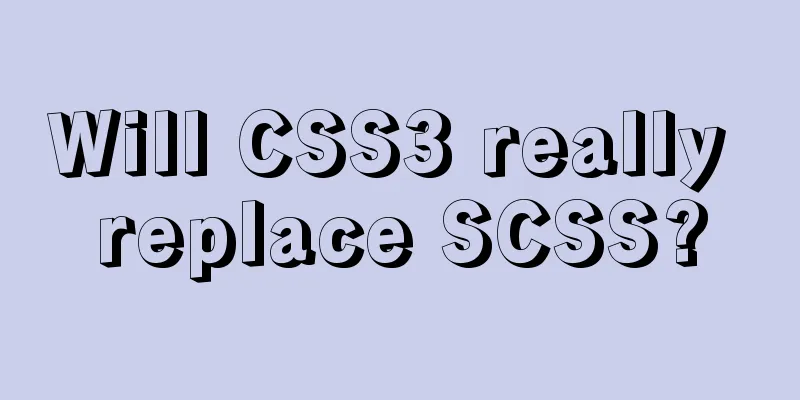
|
When it comes to styling our web pages, we have the choice of using pure CSS or SCSS (in addition to other processors) in our projects. SCSS is a superset of CSS. Most developers agree that SCSS is easier to use than CSS due to its advanced features and clear syntax. In this article I want to explore the capabilities of SCSS and how CSS has improved over the years. Additionally, I will evaluate whether CSS can be used as a replacement for SCSS in real projects. CSS Current FunctionalityCSS has come a long way since its inception. The development of CSS in recent years has also reduced the need to use JavaScript in the field of animation. Modern browsers even use the GPU to improve the performance of these CSS animations. We can now even build complex responsive grid layouts using CSS with just a little learning. There are many new features in CSS today, but this article will focus on some of the new features that are commonly used in modern web applications.
Features of SCSSSCSS supports the use of variables - avoiding redundant code We can actually reuse a bunch of For example, the following example:
$black: #000000;
$primary-font: 'Ubuntu', 'Helvetica', sans-serif;
$unit: 1rem;
body {
color: $black;
font-family: $primary-font;
padding: #{$unit * 2};
}CSS also supports variables and custom properties. The following are custom properties in CSS:
--black: #000000;
--width: 800px;
--primaryFont: 'Ubuntu', 'Helvetica', sans-serif;
body {
width: var(--width);
color: var(--black);
font-family: var(--primaryFont);
}But CSS custom properties are more time-consuming than SCSS variables at runtime. This is because the browser processes these attributes at runtime. SCSS, on the other hand, is converted to CSS during the preprocessing phase and handles variables. Therefore, the use of variables and code reuse in SCSS has better performance than CSS. SCSS allows nested syntax — more concise source code Suppose there is a CSS code block like this:
.header {
padding: 1rem;
border-bottom: 1px solid grey;
}
.header .nav {
list-style: none;
}
.header .nav li {
display: inline-flex;
}
.header .nav li a {
display: flex;
padding: 0.5rem;
color: red;
}The above code looks confusing because we have to declare the same parent element repeatedly in order to add styles to the child elements. But if we use the nested syntax of SCSS, we can write more concise code. If the above code is written in SCSS, it will look like this:
.header {
padding: 1rem;
border-bottom: 1px solid grey;
.nav {
list-style: none;
li {
display: inline-flex;
a {
display: flex;
padding: 0.5rem;
color: red;
}
}
}
}Therefore, designing components using SCSS seems more elegant and concise compared to traditional CSS. @extend functionality - avoid repeating the same styles! In SCSS, we can use
%unstyled-list {
list-style: none;
margin: 0;
padding: 0;
}
.search-results {
@extend %unstyled-list;
}
.advertisements {
@extend %unstyled-list;
}
.dashboard {
@extend %unstyled-list;
}Likewise, we can reuse this definition in all stylesheets that import it. SCSS also has many features such as functions, mixins, and loops, which can make our front-end development more efficient. Should I switch from SCSS to CSS? In the above we explored the functionality currently provided by CSS and the capabilities of SCSS. However, if we compare CSS with SCSS, we will find that there are some necessary features that are not available in CSS.
However, the
Therefore, I think that even though CSS has been born with many new features, SCSS is still a better choice. Let us know what you think in the comments below. This is the end of this article about whether CSS3 will really replace SCSS. For more information about whether CSS3 will replace SCSS, please search for previous articles on 123WORDPRESS.COM or continue to browse the related articles below. I hope you will support 123WORDPRESS.COM in the future! |
<<: Introduction to Linux environment variables and process address space
>>: Disadvantages and reasonable use of MySQL database index
Recommend
CSS3 realizes text relief effect, engraving effect, flame text
To achieve this effect, you must first know a pro...
Why is it not recommended to use index as key in react?
1. Compare the old virtual DOM with the new virtu...
What is html file? How to open html file
HTML stands for Hypertext Markup Language. Nowada...
Centos7.3 How to install and deploy Nginx and configure https
Installation Environment 1. gcc installation To i...
Import CSS files using judgment conditions
Solution 1: Use conditional import in HTML docume...
JavaScript determines whether the browser is IE
As a front-end developer, I can’t avoid IE’s pitf...
Things to note when writing self-closing XHTML tags
The img tag in XHTML should be written like this:...
MySQL 5.6 zip package installation tutorial detailed
Previously, we all used files with the suffix .ms...
Specific use of Linux which command
We often want to find a file in Linux, but we don...
How to delete a MySQL table
It is very easy to delete a table in MySQL, but y...
Detailed explanation of character sets and validation rules in MySQL
1Several common character sets In MySQL, the most...
How to build docker+jenkins+node.js automated deployment environment from scratch
This case is based on CentOS 7 system Suitable fo...
Pitfall notes of vuex and pinia in vue3
Table of contents introduce Installation and Usag...
Pure JS method to export table to excel
html <div > <button type="button&qu...
MySQL 5.7.18 version free installation configuration tutorial
MySQL is divided into installation version and fr...
